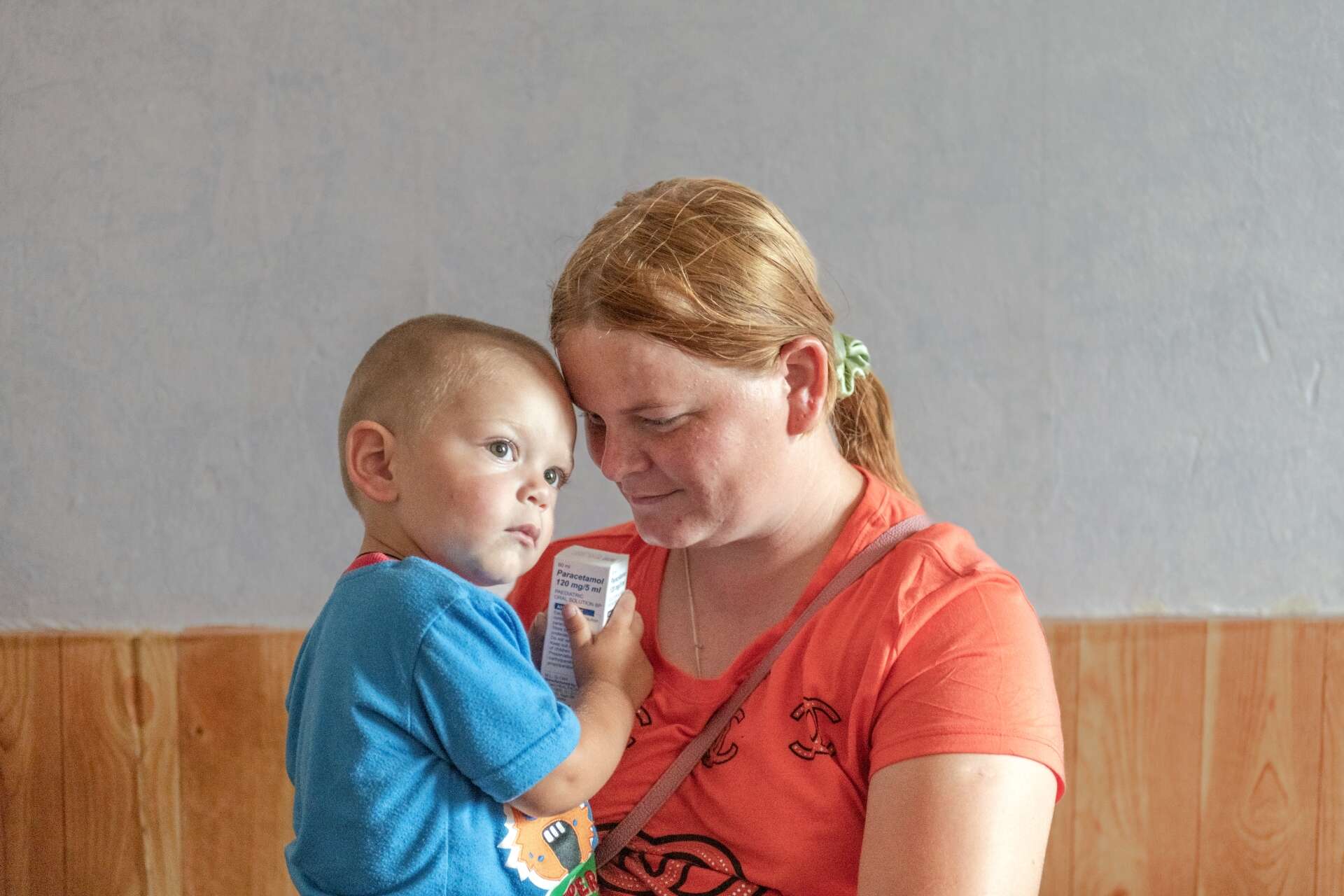
Ukraine: Families mark two years of full-scale war, a decade of conflict and displacement
Find out how Ukrainian civilians are coping after two years of full-scale invasion — and a decade of conflict.

Find out how Ukrainian civilians are coping after two years of full-scale invasion — and a decade of conflict.
War continues to rage two years after Russia launched its full-scale invasion of Ukraine. However, it is often overlooked that 2024 also signifies a decade of conflict and unrest in the country.
Immense humanitarian needs persist as the war continues to displace civilians and reduce access to education, economic opportunities, health care, food security, and gender equality.
Over 10,000 civilians have been killed since February 24, 2022.
Meanwhile, financial support for Ukraine's humanitarian response plans is diminishing, while severe restrictions on humanitarian access hinder the ability of aid workers to deliver life-saving assistance to Ukrainians residing outside the areas under the control of the government of Ukraine.
Learn more about what Ukrainian civilians are facing after a decade of conflict.
The conflict began in 2014 when Russia illegally annexed Ukraine’s Crimean Peninsula and began backing pro-Russian separatists in Eastern Ukraine. Fighting over the following eight years resulted in the death of over 3,000 people, the displacement of more than 850,000 others and left almost 3 million Ukrainians in need of humanitarian assistance.
An IRC client explains, “People have not been able to return home for 10 years, like me and my child. We have been wandering around strange corners for 10 years now, changing schools, moving.”
On February 24, 2022, Russia launched a full-scale invasion on Ukraine. The two-year mark of the invasion is a powerful reminder that the impact of this war transcends the immediate events of 2022, encompassing a prolonged period of hardship for those affected.
Russian attacks continue to leave millions without access to heat, electricity, water, or sanitation for extended periods of time. The IRC operates in the most challenging regions of Ukraine, providing assistance to those in need.
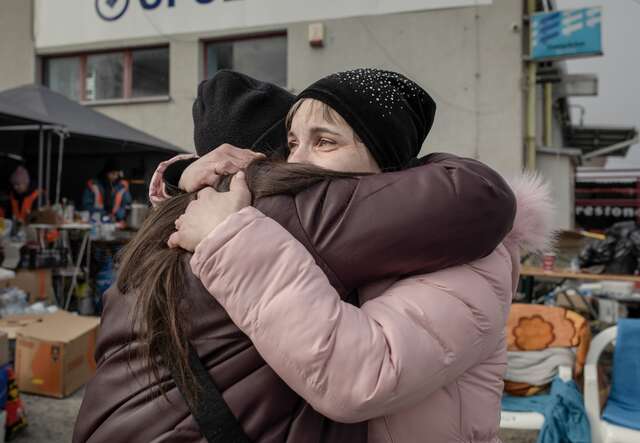
Ukrainian civilians are disproportionately shouldering the devastating consequences of the war. Two years of full-scale invasion have displaced almost 10 million Ukrainians and left approximately one-third of the population in need of humanitarian support inside the country. Many families have been displaced several times over.
For the majority of Ukrainians, ordinary life remains out of reach. Schools, hospitals, and homes have been devastated by missile strikes. Access to essential services is diminished, and many Ukrainians have endured harsh winter months with limited resources.
Some 14.6 million Ukrainians will need humanitarian assistance in 2024, including the 3.7 million people who are internally displaced.
About one third of the population — including 1.5 million children — are grappling with mental health issues, suffering from conditions such as depression, anxiety, and post-traumatic stress disorder (PTSD). The ravages of war have shattered support networks, leaving a staggering impact.
According to a survey conducted by the IRC, an astonishing 74% of clients reported being forcibly separated from a loved one. Moreover, 82% said that they experienced feelings of anxiety, stress, or sadness over the past few months. These distressing figures highlight the profound emotional toll war inflicts on individuals and the urgent need for compassionate intervention.
The war’s economic impact is also driving needs. The lack of financial resources to buy firewood, solid fuel, and warm clothes increases vulnerability. Many individuals are finding it increasingly difficult to provide enough food for their families. One out of every five Ukrainian households experienced food insecurity in 2023.
The protracted nature of the conflict in Ukraine has made its impacts especially overwhelming, as many Ukrainians report feeling drained by ten years of conflict, with a sense that there is no end in sight.
Meet Ukrainians affected by the war.
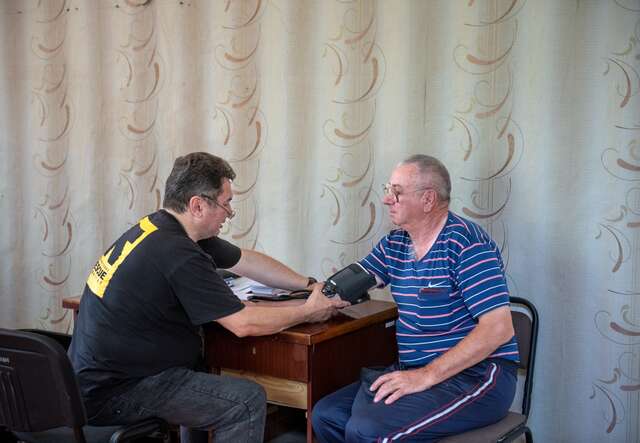
Russia has relocated at least 6,000 Ukrainian children to “re-education and adoption facilities” in Crimea and mainland Russia. A 2023 report identified at least 43 facilities tasked with the “political re-education” of Ukrainian children.
In March 2023, the International Criminal Court issued arrest warrants for Russian President Vladimir Putin and Russian Children’s Rights Commissioner Maria Lvova-Belova, alleging that they were responsible for the war crime of “unlawful deportation of children.”
Despite finding safety in Europe, 6 million Ukrainian refugees still encounter obstacles in accessing crucial services and supporting their families. Only 40-60% of Ukrainian refugees are employed, often stuck in low-skilled positions that fail to match their qualifications. Meanwhile, a growing number find themselves in a vulnerable state, lacking the means to sustain themselves.
They also face significant barriers to education; during the 2022-2023 academic year, almost half of Ukrainian school-aged refugees remained outside of the education system of their host countries. A multitude of factors contribute to the low enrollment rates, including administrative, linguistic, and legal obstacles. Additionally, limited awareness of available options and parental reluctance to enroll their children in host country schools, due to their intention of returning to Ukraine, further exacerbate the issue.
Education is a fundamental right under the Universal Declaration of Human Rights.
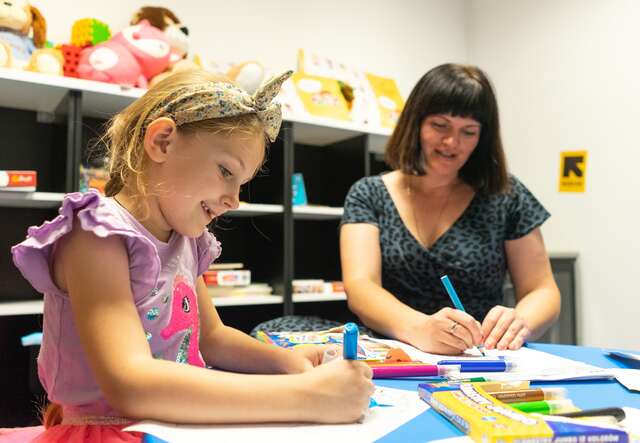
Throughout the 10-year conflict in Ukraine, schools have become a target of artillery strikes and have been occupied as military encampments, disrupting education for millions of children. More than 4,000 attacks on education facilities and over 1,300 attacks on health care facilities have been recorded since February 2022. International humanitarian law (IHL) forbids intentional attacks on civilians.
Deliberately targeting civilians or critical civilian infrastructure, such as hospitals, could be deemed a war crime.
Over 1.5 million homes have been destroyed and more than 27,000 civilian casualties have been recorded, including more than 10,000 deaths. The number of civilian casualties is believed to be considerably greater than reported due to the inability to include areas that are inaccessible due to ongoing hostilities.
Despite repeated calls from the international community to respect IHL and to protect civilians and civilian infrastructure, everyday Ukrainians continue to suffer from this war.
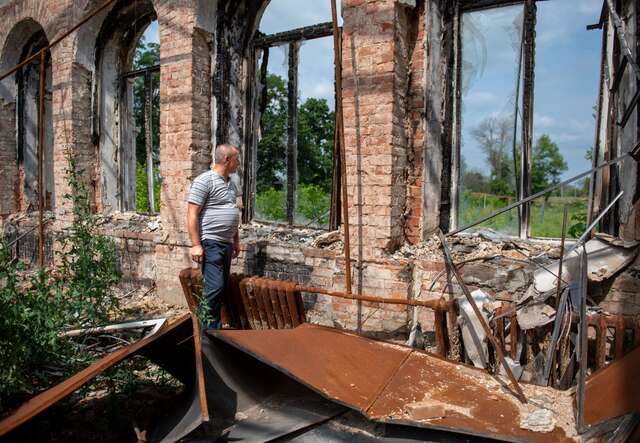
The war has significantly damaged Ukraine’s housing, transport, energy, and commerce and industry sectors.
According to the World Bank, Ukraine witnessed a 10% decline in GDP in 2014, coinciding with the onset of the conflict. Subsequently, with Russia's full-scale invasion in 2022, the GDP contracted by almost one-third.
Amid positive signs of economic improvement, critical sectors like agriculture continue to reel from the effects of the ongoing conflict. An area the size of Florida is now riddled with landmines and the Nova Kakhkova dam explosion has left 600,000 hectares of arable land without irrigation.
Reconstruction and recovery costs are expected to exceed $410 billion.
With an unemployment rate of 17% and a substantial rise in poverty rates, a growing number of individuals find themselves in a perpetual battle to meet essential needs such as food, clothing, and medicine.
An IRC survey of Ukrainian clients found that 70% of respondents reported losing a job or needing to change their career path as a result of the conflict, including 45% who had to accept another job with a lower wage or below their qualifications.
Russia’s withdrawal from the Black Sea Grain Initiative — a mechanism that allowed for the continued export of Ukrainian grain — is impacting both Ukraine’s agriculture sector and international food security
Several grain-receiving countries across the Middle East and Africa have been experiencing hunger crises due to the compounded effects of conflict and climate change. The war in Ukraine made these hunger crises worse, putting more than 40 million lives in East Africa at risk.
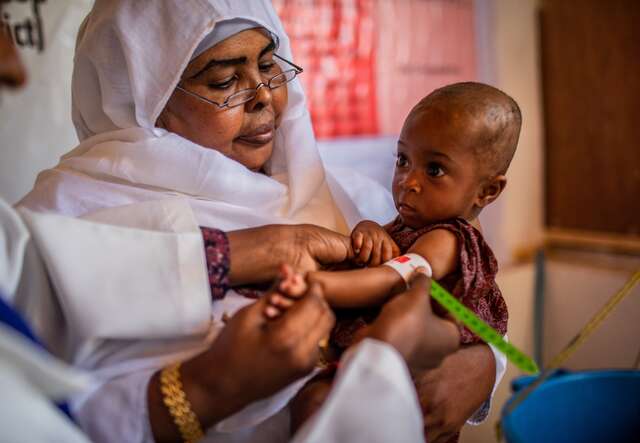
The IRC launched an emergency response to the full-scale invasion of Ukraine in February 2022, working directly with local partners to reach communities in conflict-affected areas in Eastern and Southeastern Ukraine.
As of September 2023, we have successfully served more than 530,000 clients through our comprehensive range of services, including psychosocial support sessions, women's centers, and medical check-ups provided by our mobile units.
Over 190,000 people have received shelter kits, including materials for household repairs, gas stoves, and cylinders, as well as warm clothes, blankets, and hygiene items. The IRC has also provided direct cash assistance to more than 130,000 people in Ukraine.
Our emergency programs are also active on the ground across Europe and in the US. We respond to people’s immediate and long-term needs, with activities targeting refugees from Ukraine in Poland, Romania, Hungary, Slovakia, Czechia, and Bulgaria, as well as in Germany, Italy, Greece, the United Kingdom, and the United States.
Learn more about the IRC’s response to the crisis in Ukraine.
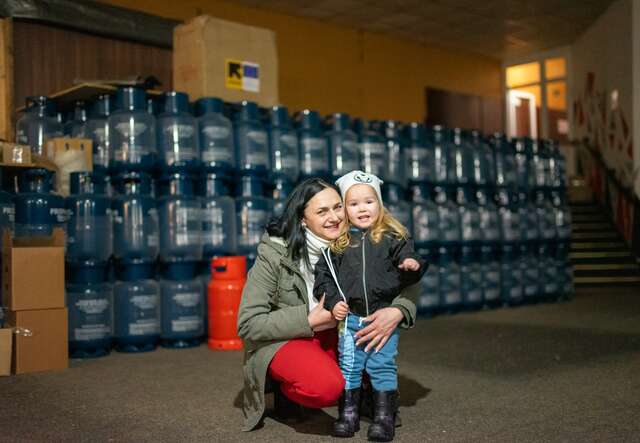
The strong initial response to the Ukraine crisis has helped prevent even worse outcomes. However, the funding for Ukraine's humanitarian response witnessed a decline from meeting 87% of the requirements in 2022 to 61.8% in 2023.
Nearly two years since the Russian invasion, and a decade into conflict, it is critical to continue supporting people affected by the war, both those within Ukraine and those who have fled to neighboring countries.